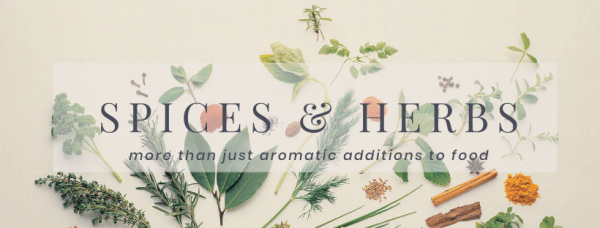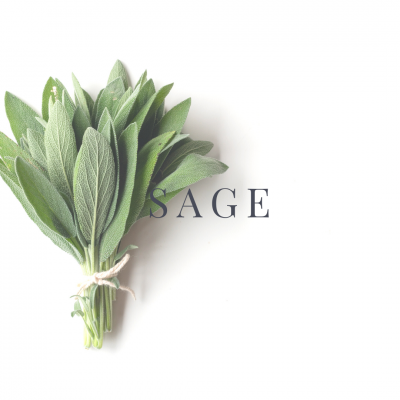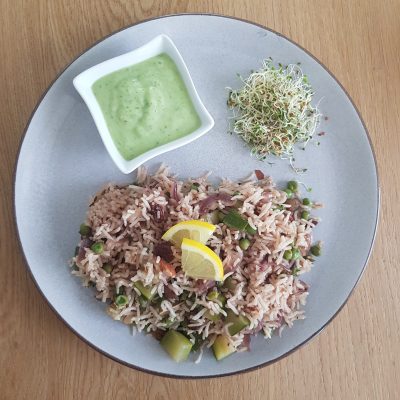Columns
Spices: Using them & Health benefits Part II
7. Cumin
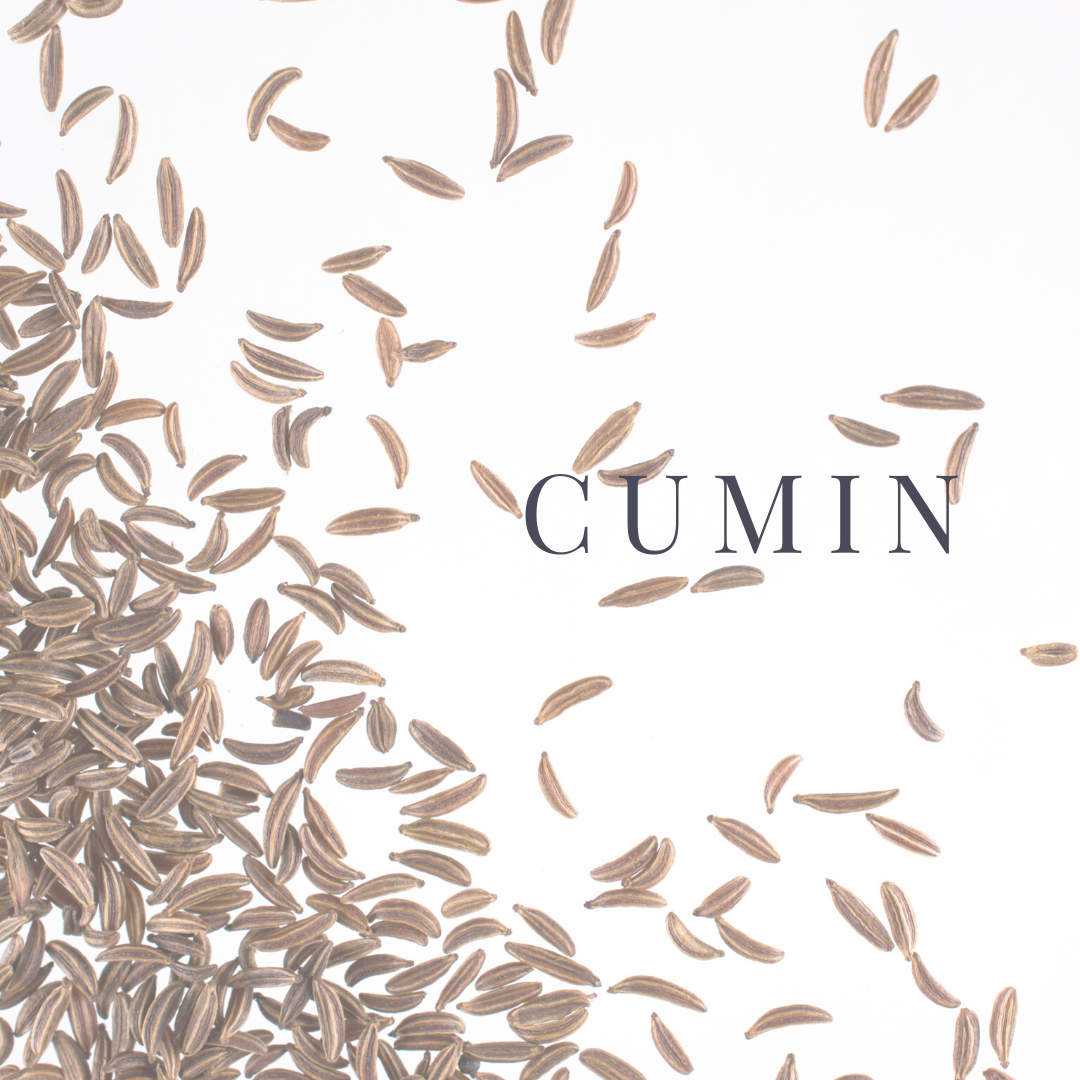
Cumin Credit Canva
Cumin is pungent in taste and is only mildly heating as a spice. It is carminative & stimulant. It antidotes heavy foods (beans, cheese, etc.) and is good for abdominal pain and distention.
It combines well with almost all other spices, all vegetables, meat, dairy products. I tend to use it mainly with coriander seeds, turmeric & fresh ginger. In Indian cooking it is often combined with mustard seeds, coriander seeds, bay leaves, curry leaves & turmeric.
Cumin seeds develop a stronger aroma when roasted or during tempering i.e. sautéing it in hot oil. Cumin powder is best when freshly grounded, but you can also grind it in advance. Try to use it within a month since ground cumin has a short shelf life.
Herbs & spice pairing: coriander, curry leaves, fennel seeds, garlic, ginger, cardamom, cinnamon, cloves, nutmeg, oregano, paprika, thyme, turmeric.
Recipe: A simple cumin rice is delicious when served with any sauce-based dish! For 2 people: Put ½ tablespoon of oil/ghee in a pot. When the oil is very hot add 1 tsp of cumin seeds. As soon as they sizzle/pop in the oil add 100 g of washed rice. Sauté with seeds till the rice is translucent. Then add water & cook the rice as usual!
- Tempering
A good spice again for Pitta but should be combined with Coriander seeds
8. Fennel
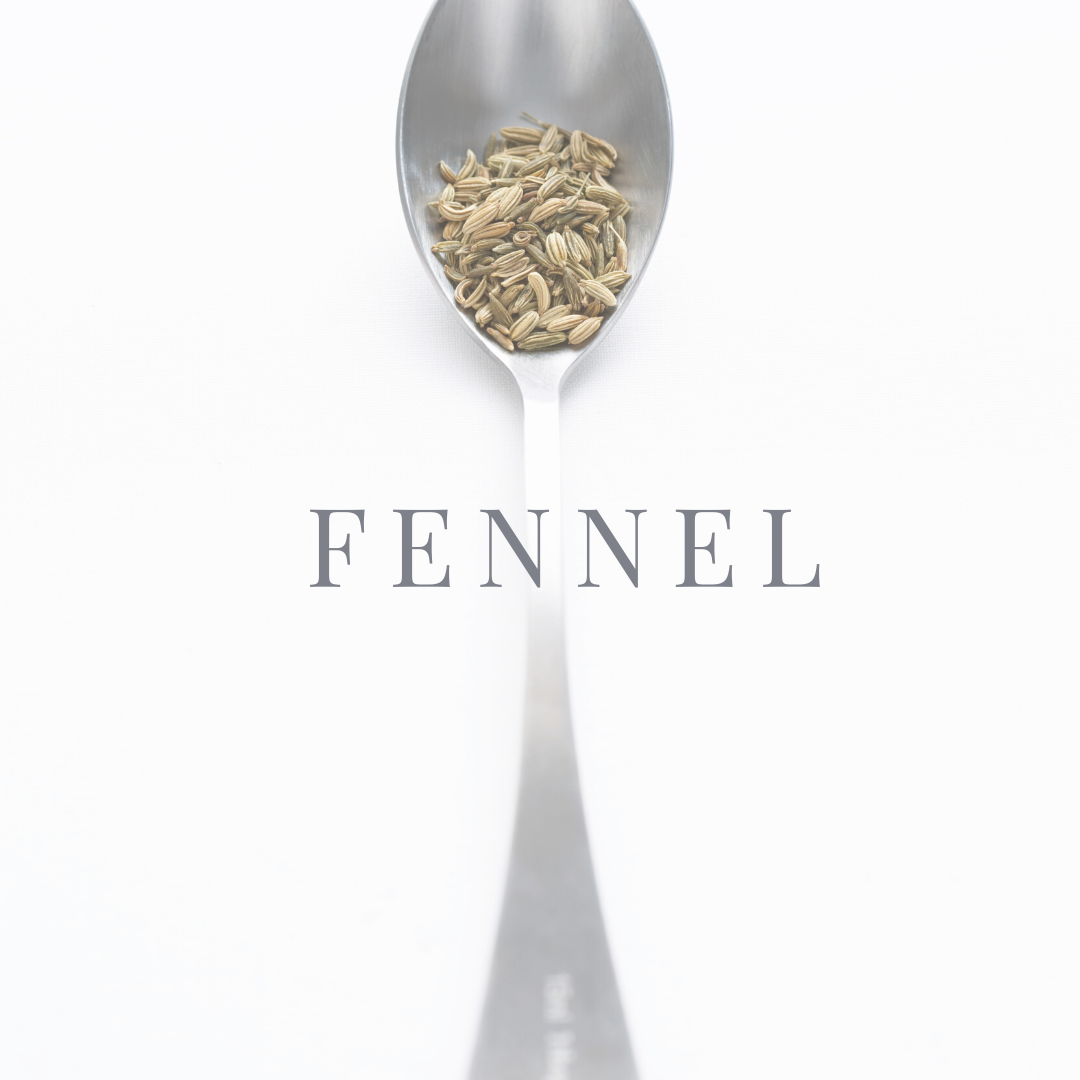
Fennel seeds are pungent & sweet to taste. They are stimulant, carminative, antispasmodic and good during lactation. They are a good remedy for abdominal pain due to gas, indigestion and colic.
For me, fennel seeds are an all-rounder, great with everything, even in certain types of desserts. You just need to experiment with them! Use them whole, roasted, fried or in powdered form.
Herbs & spice pairing: cloves, coriander, chives, cumin, mustard, turmeric, cinnamon
- Tempering
A particularly good spice for Pitta
9. Nutmeg
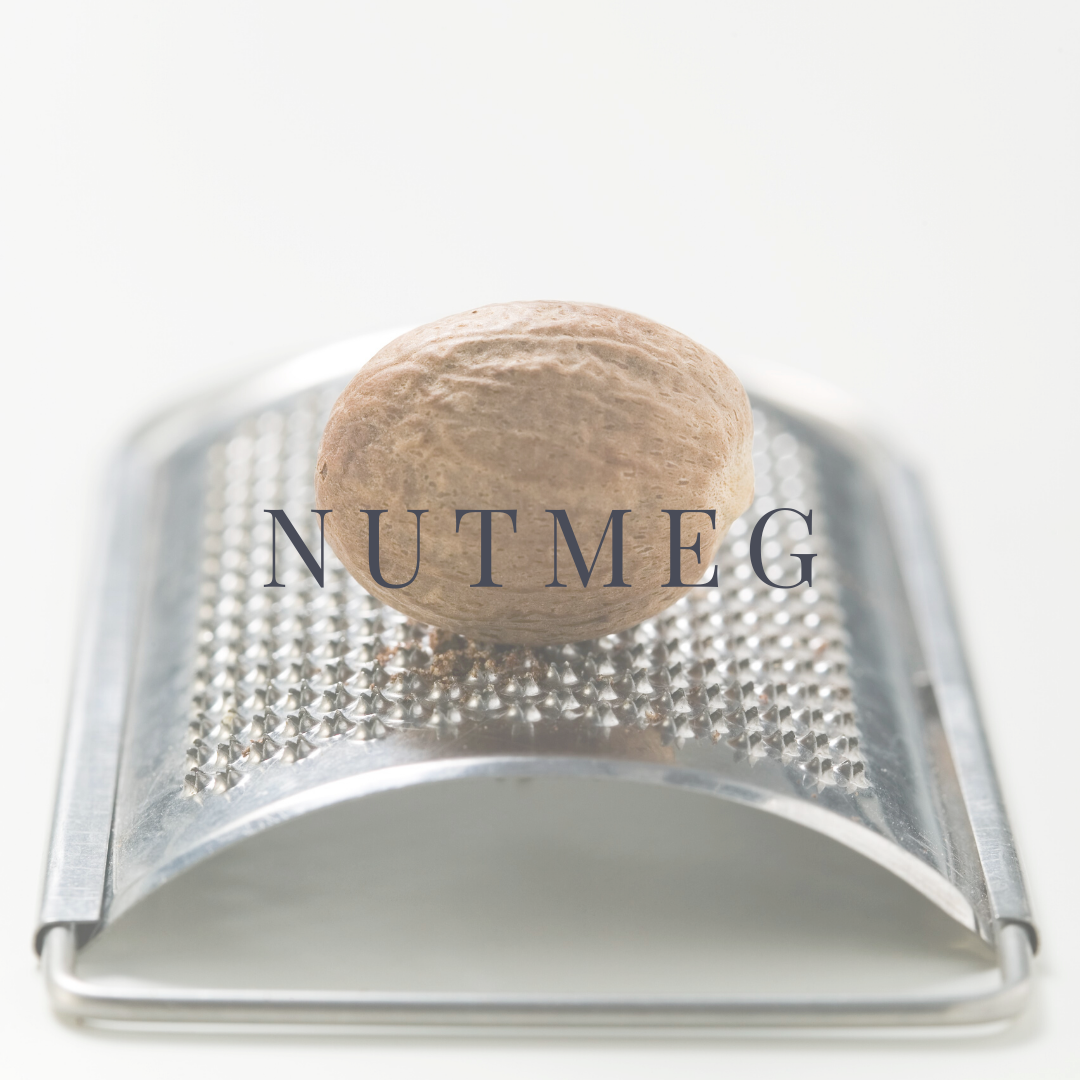
Nutmeg is pungent, astringent & heating. It is stimulant and carminative. Nutmeg can be found whole or powdered, but it is best to buy it whole and grind as needed. Combines well with cabbage, carrots, chicken, eggs, fish, lamb, onion, potato, pumpkin, spinach, sweet potato and in desserts, especially ones with dairy products.
A little goes a long way since it is very potent in taste and in terms of its therapeutic qualities! Make sure to use it in small quantities since high doses can be toxic!
Herbs & spice pairing: cardamom, cinnamon, cloves, coriander, cumin, ginger, thyme, bay leaf, lavender
Great spice for Vāta.
10. Saffron
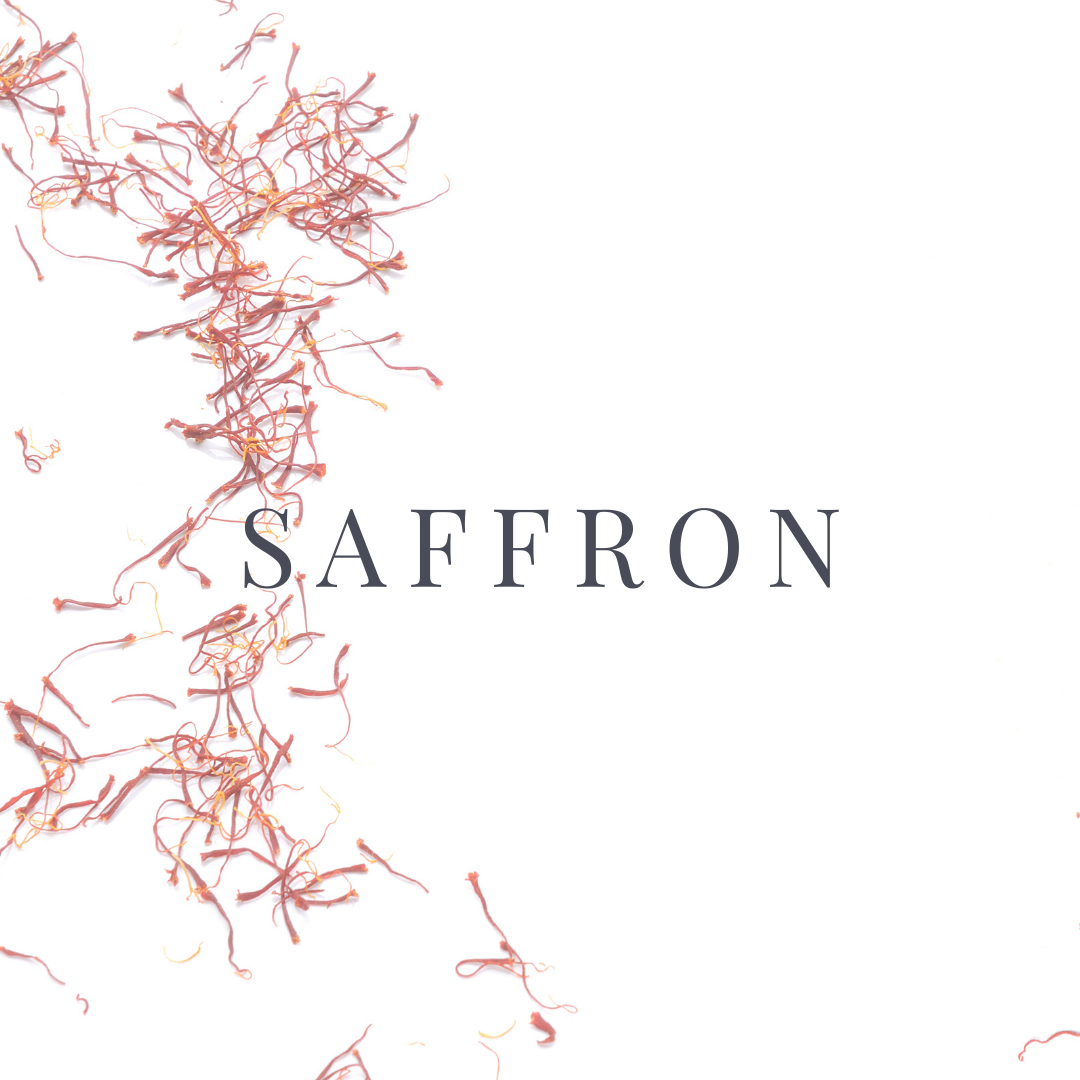
Saffron credit Canva
Saffron is pungent, bitter & sweet to taste. It is stimulant, aphrodisiac, nervine, carminative and good for the liver. It is a labour intensive crop since 150 000 flowers are required to get 1 kilogram of saffron!
Saffron is an expensive spice, yet it can be used effectively in small amounts; a few threads/a pinch is enough! It is good to use in soups, stews or any dish that has a significant amount of liquid so that the saffron can go through a simmering process to unleash its full flavour. It also works in desserts as it imparts a beautiful colour, flavour & fragrance! Soak the Saffron threads in warm liquid for about 10-20 minutes before adding it to your recipe or just grind it in a mortar and add it early on to the cooking liquid. It balances out well the sweet or acidic flavours of a dish. I love making cumin and saffron rice – a delicacy!
It is difficult to get Saffron in pure form. Be cautious especially since when it is powdered it is often mixed with other stuff! Hence, I highly recommend buying it from a good source.
Herbs & spice pairing: cardamom, vanilla, cinnamon.
All 3 doshas Vāta, Pitta & Kapha can use it in small amounts.
11. Turmeric
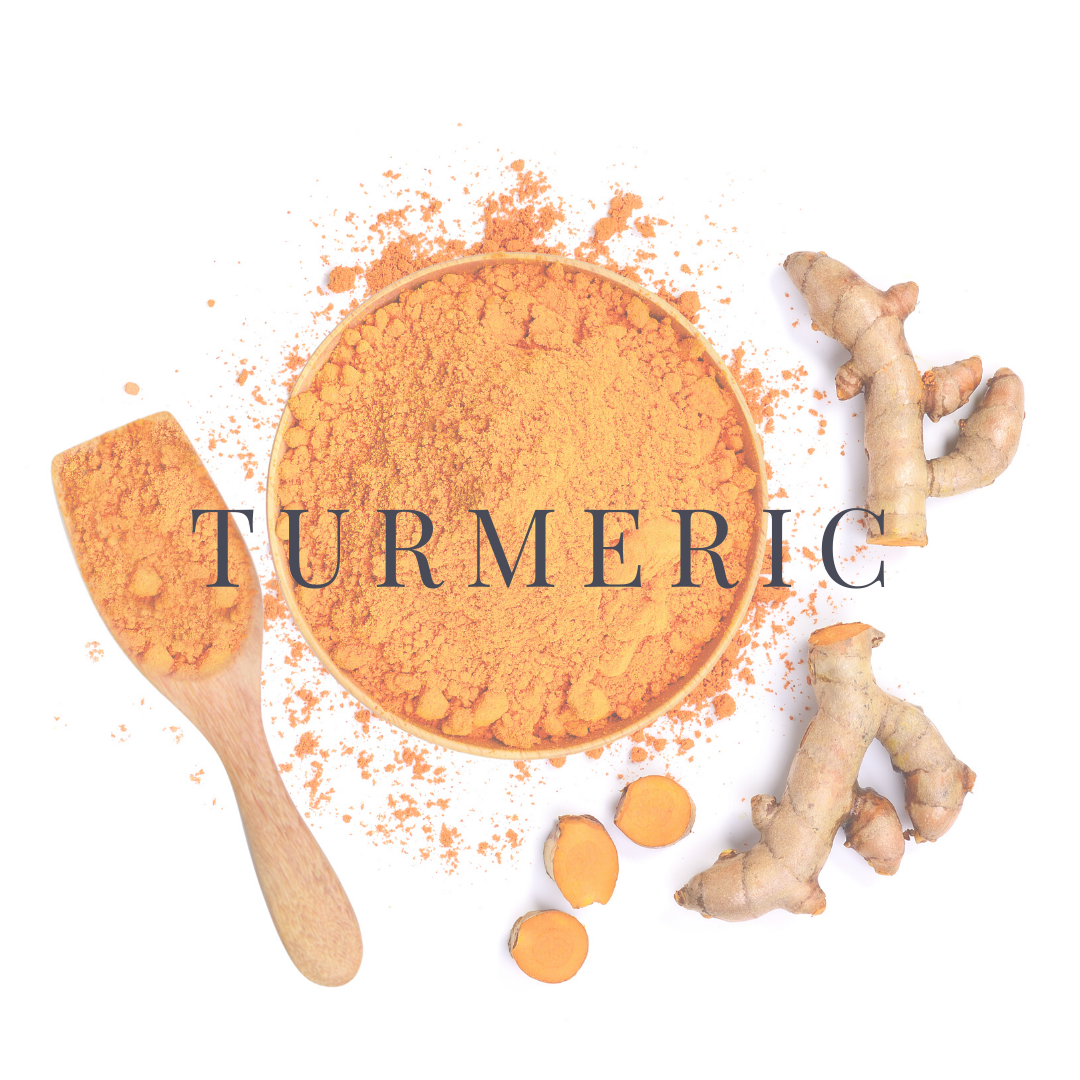
Turmeric credit Canva
Turmeric is bitter & pungent in taste. It is stimulant, carminative, anti-inflammatory, anti-bacterial, antiseptic and analgesic. It purifies blood and aids in the digestion of sugar, fats and oils. Turmeric is the main ingredient in all curries and the most important spice to use when overweight.
It is used in many recipes as a colouring agent. It can be used with all types of foods, great for face masks or certain skin disorders. Be careful since it does stain the skin. Just wash several times with warm water and wipe with a moist cloth.
Fresh turmeric is more intense than powdered one, so if you are using it while cooking I would advise adapting the quantity according to your taste!
Herbs & spice pairing: almost all spices and ginger, lemongrass, mint, rosemary, thyme
In small doses is good for all three doshas.
Antidoting foods using spices:
- The addition of spices is important because they assist the body in easily digesting and assimilating foods that are heavy, dense and sweet/astringent.
- Spices like cumin, cinnamon, cardamom, asafetida, fennel, and turmeric are worth adding to pulses (beans, legumes /lentils) because they prevent gas, bloating or pain related to digestive issues.
- Cardamom, cinnamon & cloves for sugar
- Cumin, bay leaf, black pepper, ginger, turmeric, cinnamon & nutmeg are good with dairy products
- Generally, all fruits can be antidoted by both cooking them and using warm, sweet spices like cinnamon, cardamom, nutmeg or ginger root.

